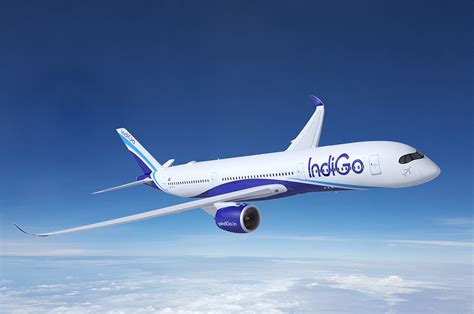
2020 05 06 12 18 18
Imagine running a business as complex as an airline. There are so many exogenous factors to consider – the weather is an obvious one and, of course, the regular contagions like wars, SARS, COVID, and financial meltdowns. Then you have organized labor, critical to operations and also increasingly educated, smart, and organized. Then top it off with fuel costs, roughly half of your operating expenses in a “bad year” and down to about 40% in a “good year”. A marvelous management cocktail wouldn’t you agree?
Take a look at this fuel price per gallon chart. Over nine years this key input saw wild price volatility. Based on 2019 year-end cost per gallon, and taking a 99% confidence level forecast, the price could range $3.77/gallon or $0.27 in three years’ time. That is a 93% swing on about half the costs. Now fuel is the cheapest its ever been, but you would be naive to think it will stay this way. Is it any wonder airlines buy fuel hedges? And then lose big time if the swing goes the other way.
Another interesting data point is that US airlines don’t pay the same for their fuel. The differences don’t look like much, but when you factor in the volume, the cost differentials are tremendous. This next chart shows the average price per gallon for each airline. You would expect a smaller airline to pay more since it buys less volume. But it doesn’t always work that way – Hawaiian is often at the bottom or close to it. Then there’s Delta, the proud owner of its own refinery, and its costs are in the middle. Alaska, on the other hand, is routinely paying the most. Allegiant paid relatively high prices, but they have retired their MD80s and moved to more modern A319s and A320s, we can expect their costs to drop as we see in 2019.
Finally, here is a model to manipulate. Select the airline to watch the changes.
Views: 0






